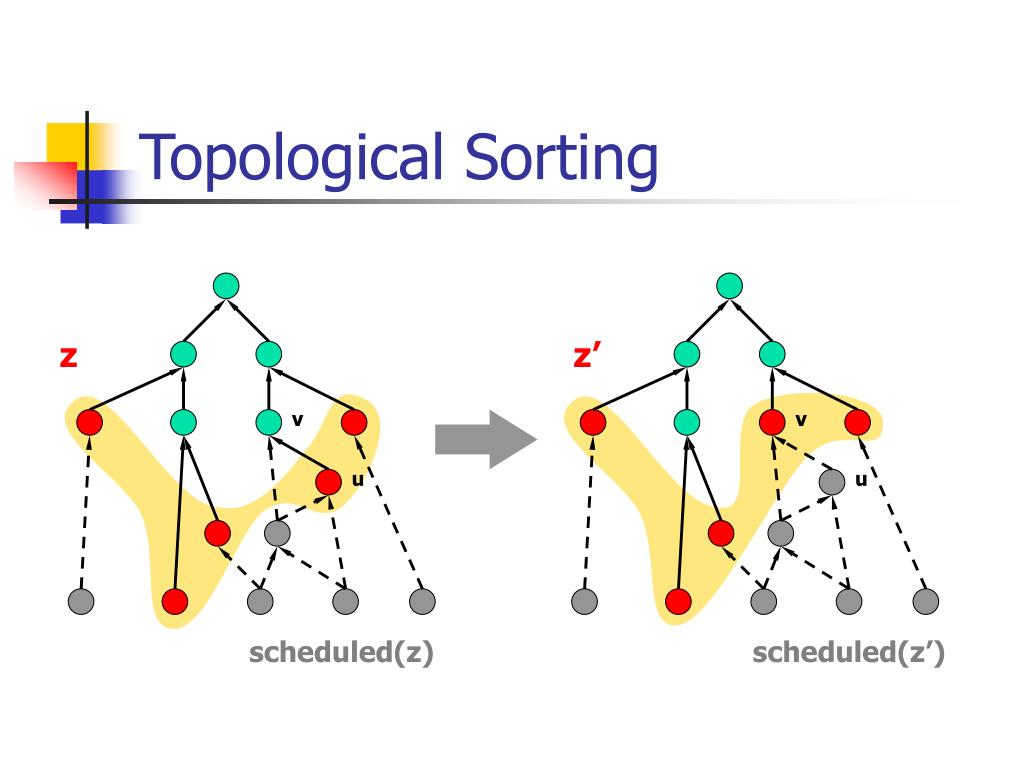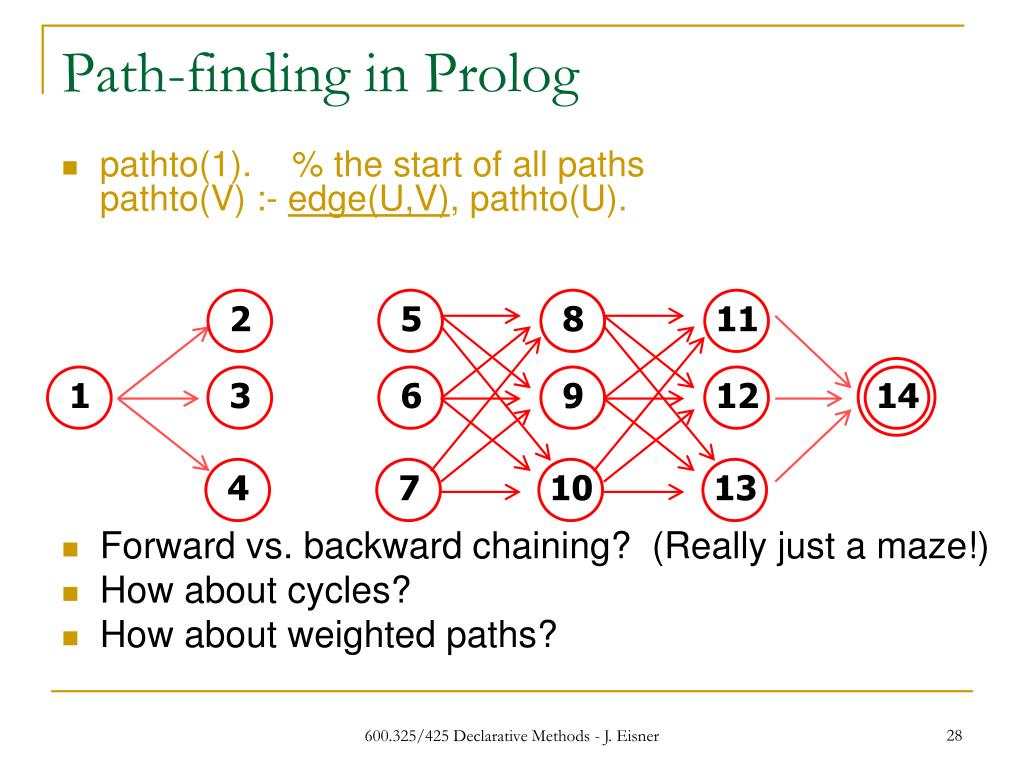

It will acquire more over time: we intend for it to generalize and encapsulate best practices, and serve as a testbed for new practices. The compiler already knows several implementation tricks, algorithmic transforms, and numerical optimization techniques. The classes can also perform an exact backward (outside) pass in the service of parameter training. By default, these classes run a generalization of agenda-based parsing, prioritizing the partial parses by some figure of merit. It compiles into efficient, portable, C++ classes that can be easily invoked from a larger application. A Dyna program is a small set of equations, resembling Prolog inference rules, that specify the abstract structure of a dynamic programming algorithm. Dyna has many uses but was designed especially for rapid development of new statistical NLP systems. We present the first version of a new declarative programming language. W.ĭyna: A Declarative Language for Implementing Dynamic Programs.


We show that the approach can be easily applied to other optimization planning problems.

Without use of any sophisticated domain knowledge, it easily solves 14 of the 15 instances used in the competition. This program is very simple but quite efficient. It divides a problem into independent subproblems and uses mode-directed tabling to s tore subproblems and their answers. This program, based on dynamic programming, treats Sokoban as a generalized shortest path problem. of Udine, DIMI, Via delle Scienze 206, 33100 Udine, ItalyĪbstract: This paper presents our program in B-Prolog submitted to the third ASP solver competition for the Sokoban problem. | Dipartimento di Matematica e Informatica, Università di Udine, Udine, Italy. Issue title: Special Issue on the Italian Conference on Computational Logic: CILC 2011Īuthors: Zhou, Neng-Fa | Dovier, AgostinoĪffiliations: Department of Computer and Information Science, CUNY Brooklyn College & Graduate Center, USA.


 0 kommentar(er)
0 kommentar(er)
